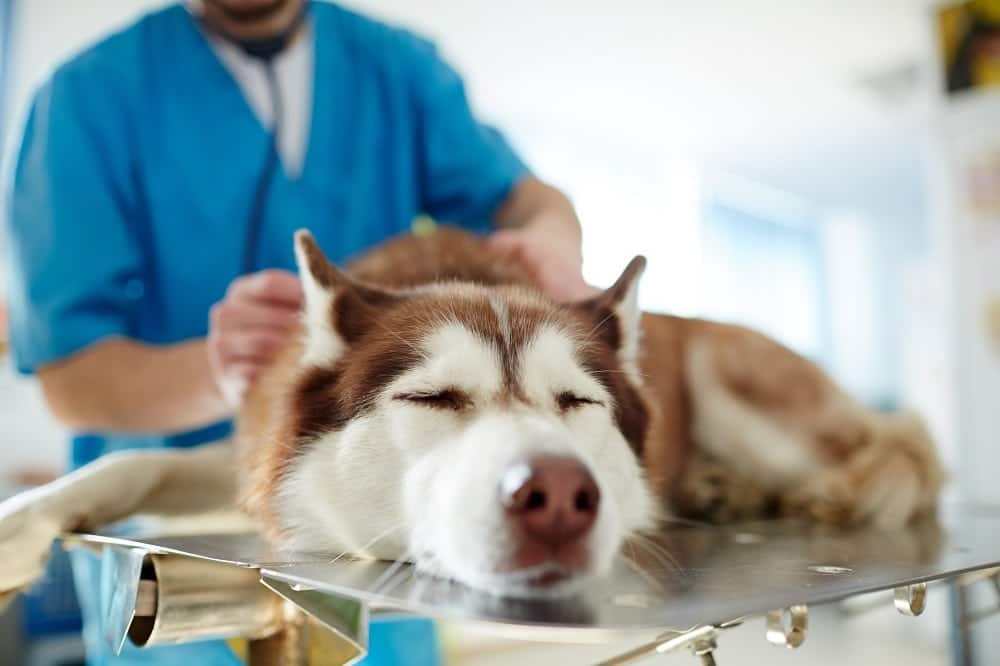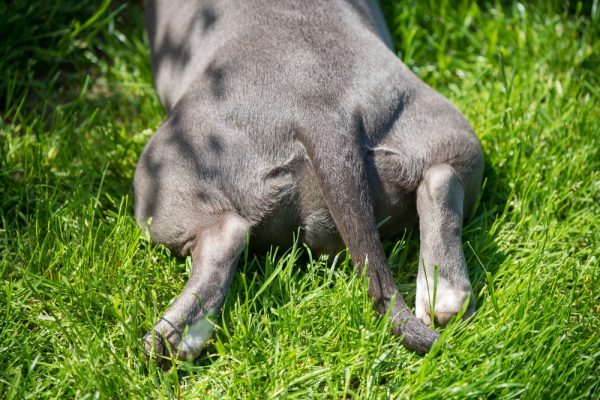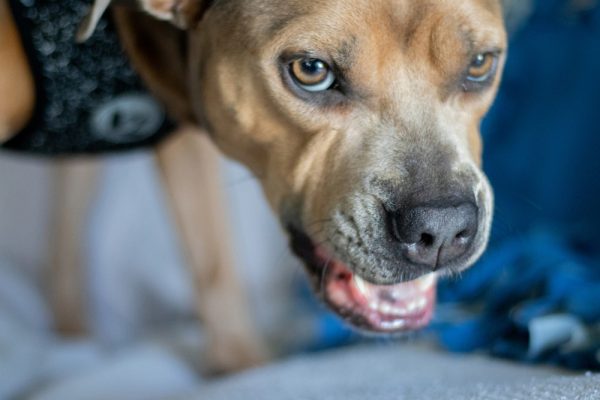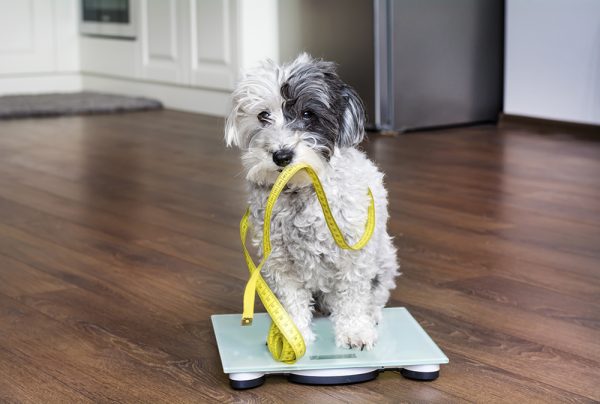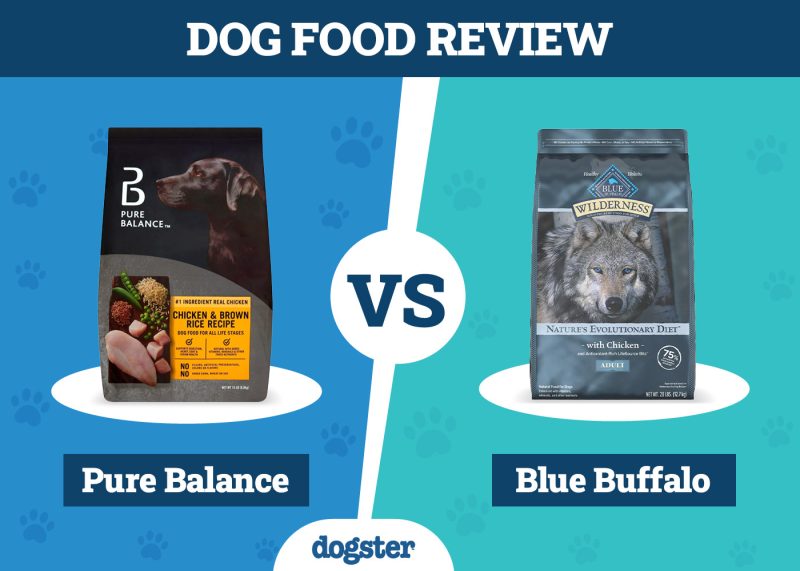Is your dog hesitant to climb stairs? Does she have a hard time getting up? She might just be “slowing down” due to age, or she might suffer from canine hip dysplasia. Canine hip dysplasia is a genetic, progressive disease associated with abnormal joint structure, causing laxity of the muscles, connective tissue, and ligaments that normally support the hip joint and keep it in place. Approximately 25 percent to 30 percent of all dogs in the United States suffer from the condition, which results in pain, lameness and loss of mobility.
Signs
Signs of canine hip dysplasia include:
• Difficulty getting up and down from a lying position
• Reluctance to walk, run, climb, and descend stairs, and to jump or play
• Frequent sitting during long walks
• “Bunny hopping”
• Reluctance to extend rear legs
• Inability to stretch
• Shifting weight
• Vocalization on handling
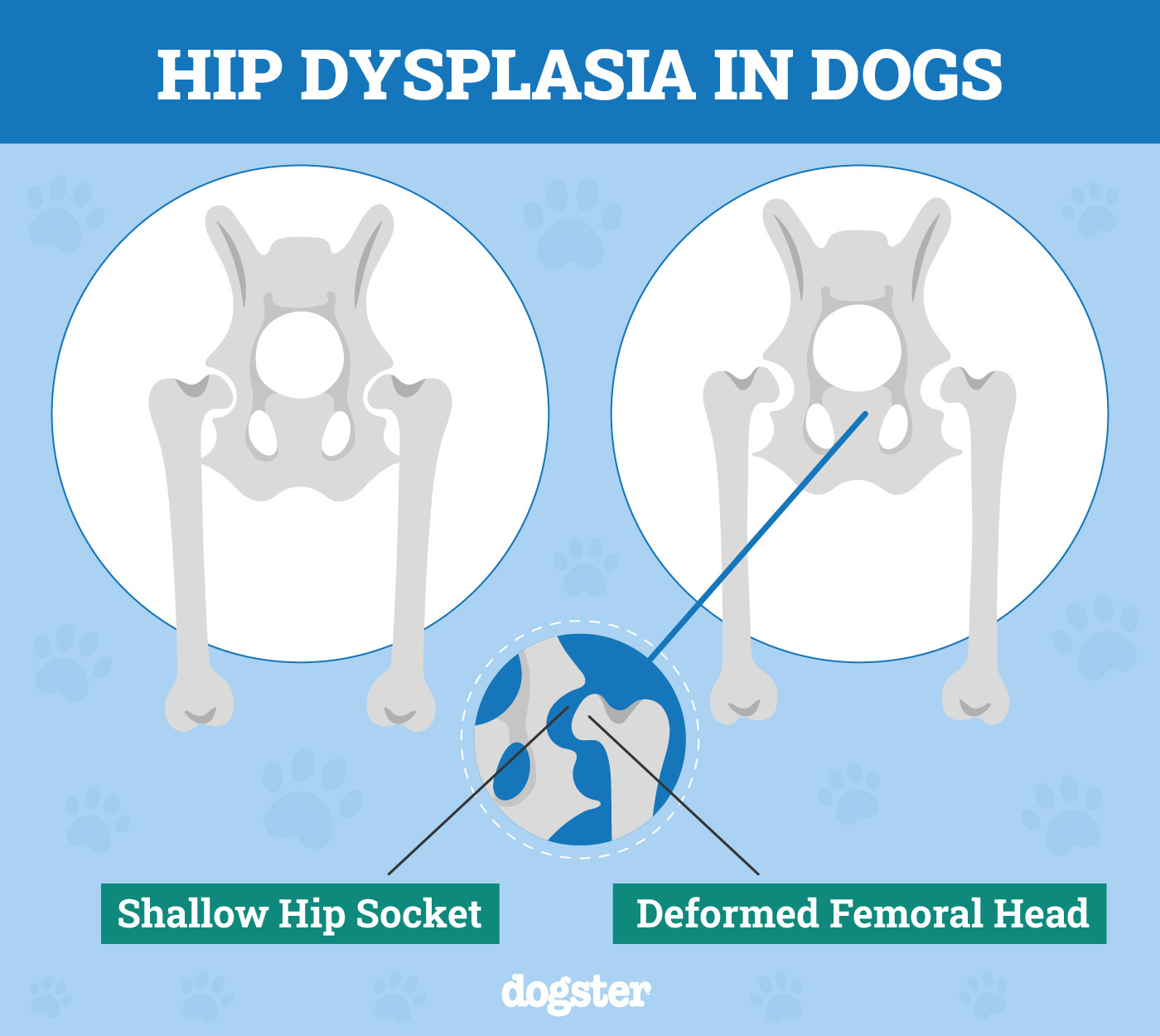
Diagnosis
Canine hip dysplasia is diagnosed by observation, physical examination, and X-ray.
“Owners should watch for changes in their dog’s mobility and schedule a veterinary visit at the first sign of a problem,” says Babette Gladstein, VMD, owner of Animal Acupuncture in New York City.
New radiographic screening methods, such as the Penn HIP model developed by the University of Pennsylvania, can determine the potential for hip dysplasia in dogs as young as 16 weeks.
Risk Factors
Large and giant breed dogs are the most susceptible to canine hip dysplasia, but certain small breeds such as English Bulldogs, French Bulldogs, and Shih Tzus are also vulnerable. Obesity is a major risk factor.
If you’re concerned about your pet’s health, you should contact a vet.
Treatment
Treatments include conservative approaches such as controlled exercise and conditioning, weight control, heat therapy. and nutritional therapy. More involved treatments include surgical procedures such as total hip replacement, femoral head osteotomy, and double and triple pelvic osteotomy.
Prolotherapy is an increasingly popular, noninvasive surgical alternative that involves injecting dextrose or vitamin B12, combined with lidocaine, into the affected tendons or ligaments where they attach to the bone. The procedure stimulates the body’s immune system to rebuild new tendons or ligaments at the injection site.
“Prolotherapy is far less risky and invasive than surgery, and is a fraction of the cost,” says Gladstein.
Prevention
Because canine hip dysplasia is a progressive disease, by the time a dog shows symptoms later in life, it is too late to prevent joint degeneration.
“Early screening of at-risk breeds and lifestyle measures such as calorie controlled diets are the best methods to minimize future problems,” says Gladstein.

Check-up list
To ensure your dog gets the most out of her annual (or semi-annual) wellness exam, follow this checklist from Mark Stickney, DVM, director of general surgery services at Texas A&M University College of Veterinary Medicine and Biomedical Sciences:
• Review medical, surgical, and environmental history since last visit
• Complete physical examination: eyes, ears, nose, skin and haircoat, muscles, bones, lymph nodes, heart, lungs, pulse, nervous system
• Review vaccination requirements and administer necessary vaccines
• Yearly heartworm test
• Yearly fecal flotation exam
• Bloodwork and urinalysis every year beginning at age 7
• Bloodwork every six months if on long-term medication
Diana Laverdure is an award-winning dog healthcare writer. Her 2011 book, The Canine Thyroid Epidemic: Answers You Need for Your Dog (with W. Jean Dodds, DVM), was named Best Care/Health Book of 2011 by the Dog Writers Association of America and received the 2011 Eukanuba Canine Health Award. She has just finished her second book, Nutrigenomics: Foods that Heal Your Dog (also with Dodds), to be released later this year She lives with her rescued Shepherd mix, Chase.
Editor’s note: This article first appeared in Dog Fancy. It is being republished here with permission.
Featured Image Credit: Pressmaster, Shutterstock
